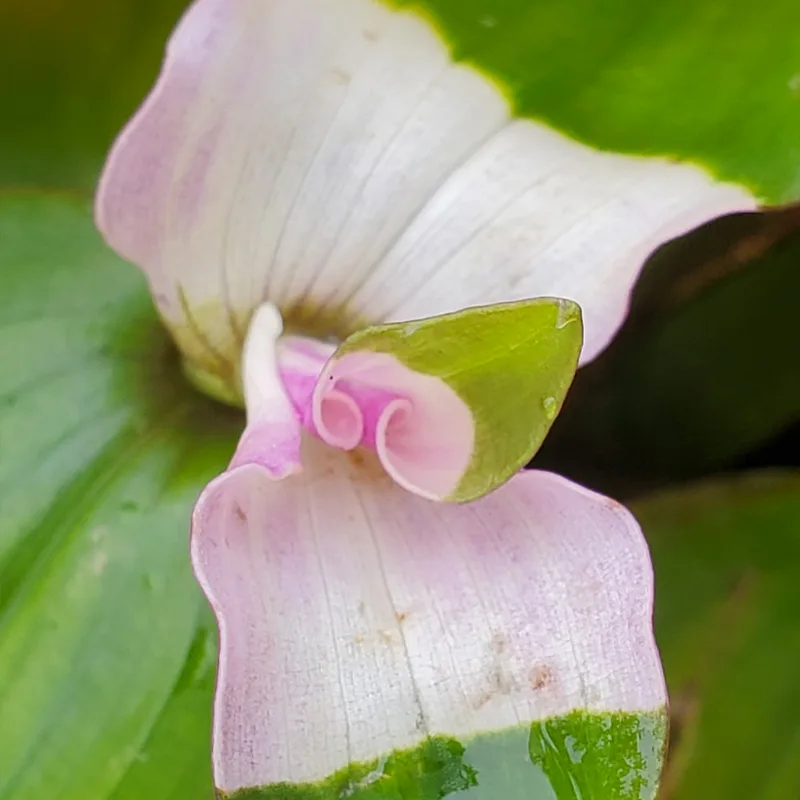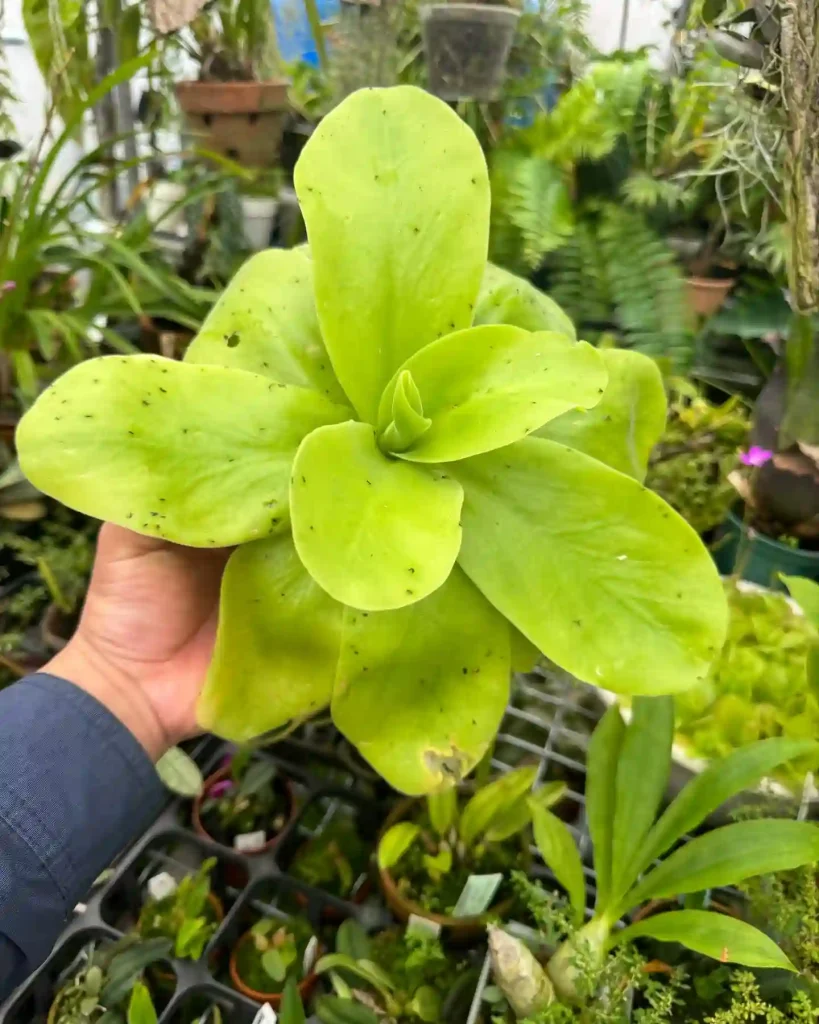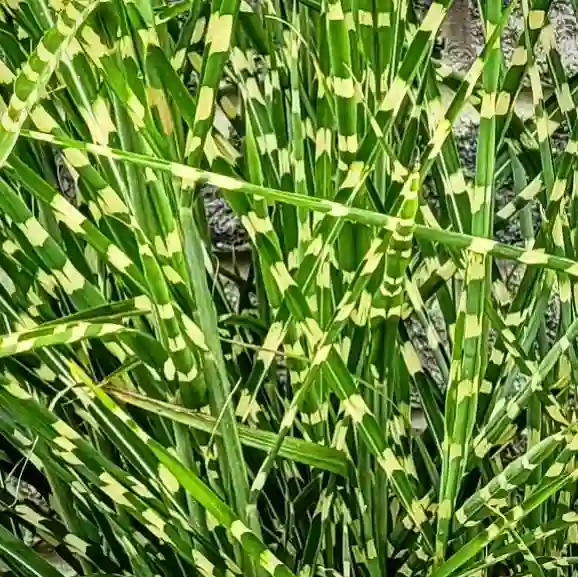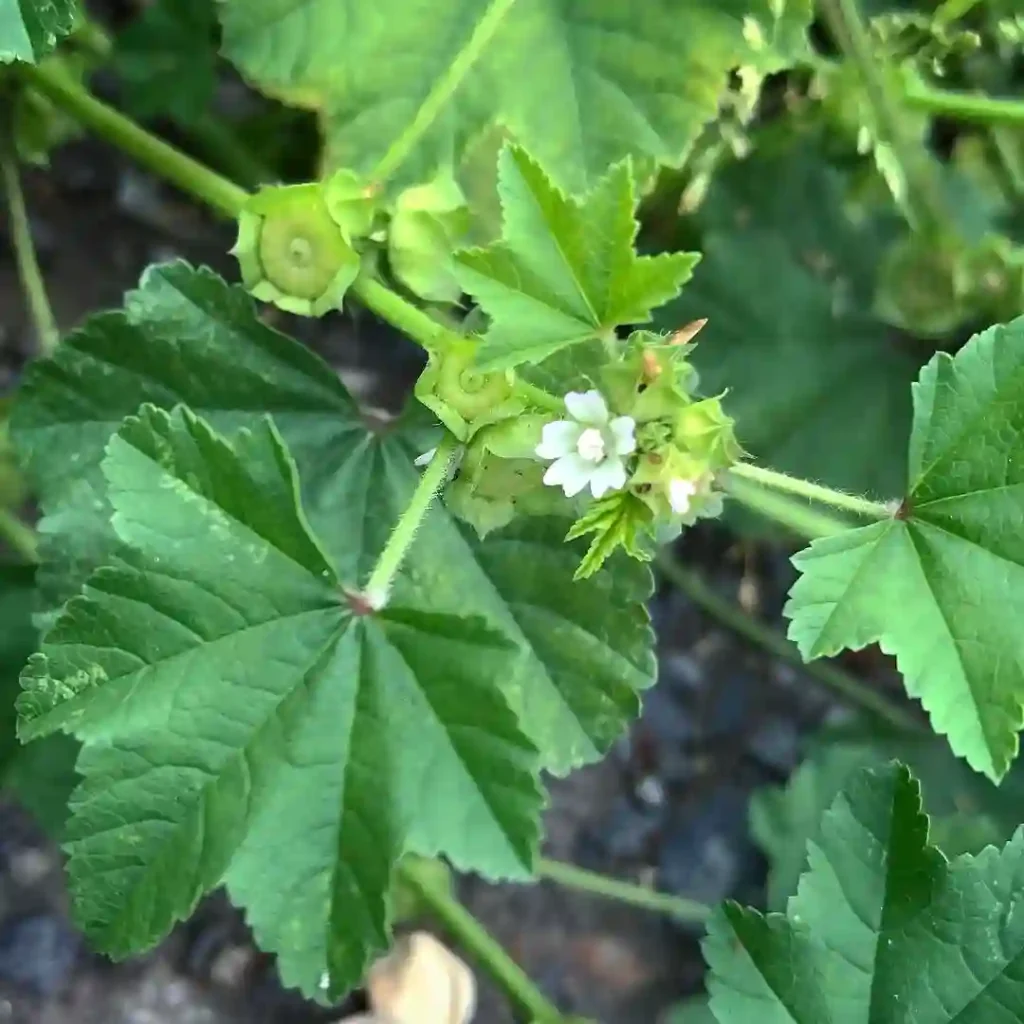FAQs About Ceanothus Joyce Coulter
Ceanothus Joyce Coulter is a stunning evergreen shrub that always catches my attention. This fast-growing ground cover brings beauty and vibrancy to gardens with its deep blue flowers and lush green foliage. I often get questions about this particular plant, so I wanted to compile a list of frequently asked questions to help others understand and appreciate the wonders of Ceanothus Joyce Coulter.
73 Species in Genus Ceanothus
What Is Ceanothus Joyce Coulter?
Ceanothus Joyce Coulter is a variety of California lilac, a hardy evergreen shrub native to California. Known for its low-growing, spreading habit, this plant forms a dense mat of foliage, making it an excellent ground cover. One of the most striking features is its vibrant blue flowers, which bloom in clusters during spring. These flowers attract pollinators like bees and butterflies, adding to the ecological value of this plant in any garden.
How to Care for Ceanothus Joyce Coulter?
Taking care of Ceanothus Joyce Coulter is relatively easy, which is why I love it. It thrives in full sun and well-drained soil. This plant is drought-tolerant once established, making it perfect for xeriscaping or water-wise gardens. When I first plant Ceanothus Joyce Coulter, I ensure to water it regularly until it establishes a strong root system, which usually takes about a year. After that, it rarely needs watering, except in extreme drought conditions.
Pruning is another aspect of care. I prune it lightly after flowering to maintain its shape and encourage more robust growth. One thing I’ve learned is to avoid over-fertilizing it; this plant prefers lean soil conditions. Too much fertilizer can result in leggy growth and reduce the vibrant flowering.
How to Propagate Ceanothus Joyce Coulter?
Propagating Ceanothus Joyce Coulter can be done through seeds or cuttings, but I’ve had the most success with cuttings. In late summer, I take semi-hardwood cuttings about 4-6 inches long. I remove the lower leaves, dip the cut ends in rooting hormone, and plant them in a well-draining soil mix. I keep the cuttings in a shaded area and mist them regularly to maintain humidity. It takes a few months, but once the roots develop, the new plants can be transplanted into the garden.
What to Plant with Ceanothus Joyce Coulter?
I’ve found that Ceanothus Joyce Coulter pairs beautifully with other drought-tolerant plants. Some great companions include:
- Lavender: The purple hues of lavender complement the blue flowers of Ceanothus Joyce Coulter.
- Salvia: The spiky flowers of Salvia provide a nice contrast to the dense, low-growing habit of Ceanothus.
- Manzanita: Another California native, Manzanita offers attractive bark and foliage, creating an interesting textural contrast.
- Yarrow: The delicate flowers of yarrow add a light and airy feel to the landscape when combined with the dense foliage of Ceanothus Joyce Coulter.
I like to create a Mediterranean-themed garden by combining these plants, which all thrive in similar conditions.
How to Use Ceanothus Joyce Coulter in Landscaping?
Ceanothus Joyce Coulter is incredibly versatile in the landscape. I use it primarily as a ground cover on slopes, where it helps prevent erosion while providing a lush, green carpet. Its spreading habit covers large areas, reducing the need for mulching or weeding. This plant is also fantastic for wildlife gardens because it attracts pollinators and provides shelter for small animals.
I also like using Ceanothus Joyce Coulter as a border plant along pathways. Its low profile allows for unobstructed views, and the burst of blue flowers creates a stunning visual impact in spring. If you’re into sustainable landscaping, this plant fits right in because of its low water and maintenance needs.
Is Ceanothus Joyce Coulter Toxic?
I often get asked if Ceanothus Joyce Coulter is toxic, especially by pet owners and parents. The good news is that this plant is non-toxic to both humans and pets. You can plant it confidently without worrying about harmful effects on your furry friends or little ones.
How to Prevent Common Issues with Ceanothus Joyce Coulter
While Ceanothus Joyce Coulter is generally low-maintenance, there are a few issues to watch out for. Root rot can be a problem in poorly drained soils, so ensuring proper drainage is crucial. I always plant Ceanothus on a slight mound or slope to facilitate drainage and avoid waterlogged roots.
Another issue I’ve encountered is powdery mildew, which can occur if the plant is in too much shade or overcrowded. To prevent this, I make sure to plant Ceanothus Joyce Coulter in full sun with adequate spacing to allow for good air circulation. If powdery mildew does appear, I remove the affected parts and treat the plant with a fungicide if necessary.
Final Thoughts
Ceanothus Joyce Coulter is a standout plant in my garden, and it’s easy to see why. Its beautiful blue flowers, drought tolerance, and low-maintenance nature make it a perfect addition to a variety of garden settings. Whether you’re looking for a ground cover, a pollinator-friendly plant, or simply something to brighten up your landscape, Ceanothus Joyce Coulter is a fantastic choice.
If i die, water my plants!



